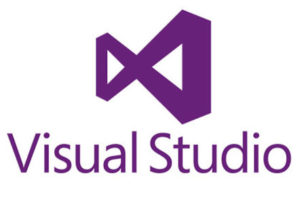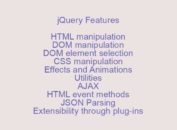Visual Studio is a Integrated Development Environment(IDE) which is developed by Microsoft for developing GUI(Graphical User Interface),Console,Web applications,Web apps,Web API,Mobile apps,Cloud, and web services etc.
Visual Studio includes a code editor supporting IntelliSense (the code completion component) as well as code refactoring.The integrated debugger works both as a source-level debugger and a machine-level debugger.

Using this IDE, you can create managed code as well as native code.
This IDE is not a language specific IDE as you can use this to write code in C#.Net, C++, VB(Visual Basic),F# ,Python,html,css,JavaScript, and many more languages.
There are 3 editions of Microsoft Visual Studio as follows:
1. Community:
This is a free version which is announced in 2014. It include the features similar to Professional edition. Using this edition, any individual developer or small group can develop their own free or paid apps like .Net applications, Web applications,Web API and many more. In an enterprise organization, this edition has some limitations.
2. Professional: It is the commercial edition of Visual Studio. It comes in Visual Studio 2010 and later versions. Microsoft provides a free trial of this edition and later trial period user has to pay to continue using it. Its main purpose is to provide Flexibility(Professional developer tools for building any application type), Productivity, Collaboration and Subscriber benefits like Microsoft software, plus Azure, Pluralsight etc.
3. Enterprise: It is an integrated,large and end to end solution for big teams of any large size with the demanding high quality and scale needs.Officially Microsoft provides a 90-days free trial of this edition and after trial period user has to pay to continue using it.
I hope you get an idea about visual studio.
I would like to have feedback on my blog.
Your valuable feedback, question, or comments about this article are always welcome.
If you liked this post, don’t forget to share this.
